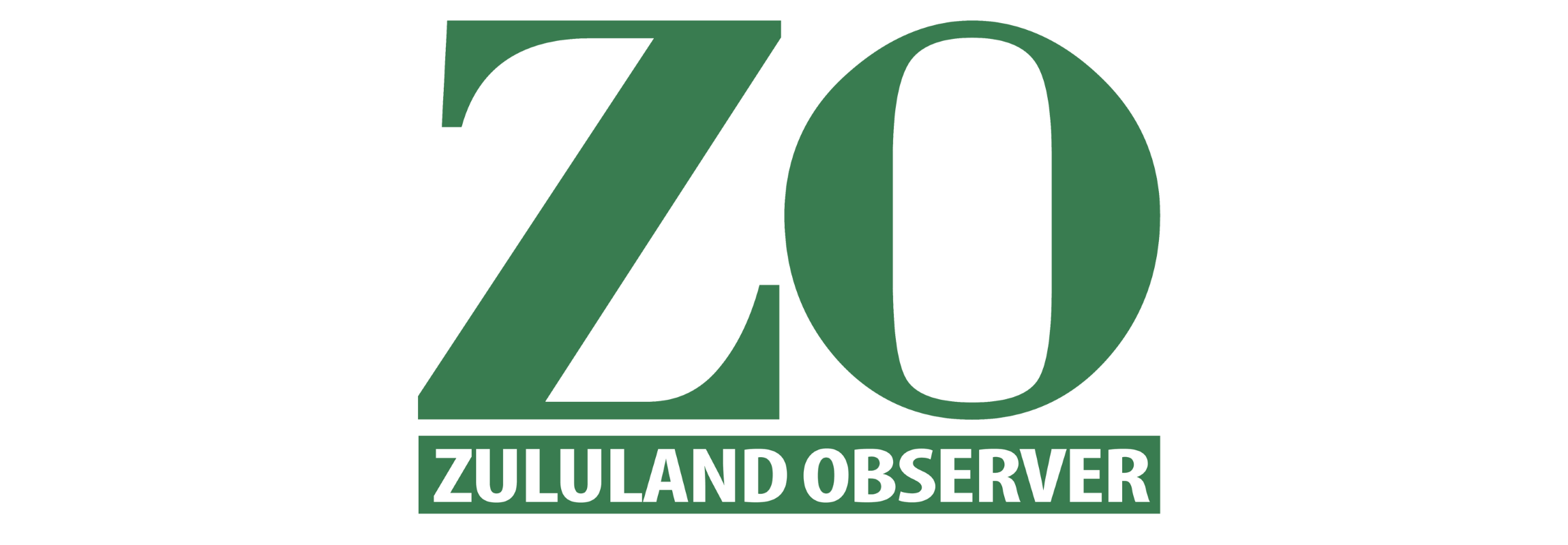
AMBULANCES being used as taxis are just the tip of an alarming patient transfer and treatment scenario that places hundreds of lives at risk daily.
That’s the informed response from industry professionals to a recent Zululand Observer article (‘Private ambulance fraud addressed’) in which the abuse – which defrauds medical aid schemes and consequently drives up members’ premiums – was verified by South African Private Ambulance and Emergency Services Association (SAPAESA).
Numerous other illegal practices have been cited, particularly within the uThungulu District, where at one stage as many as 23 private ambulance emergency services were operating.
It is a highly competitive and lucrative industry, and written complaints, dating as far back as October 2014, were brought to the attention of the Board of Healthcare Funders (BHF), the industry’s regulatory body.
ALSO READ: Private ambulance fraud tackled
These include:
• Medical doctors who unlawfully own ambulances – which they use for patient transfer to and from their own medical practices.
• Failure to possess proof of registration with BHF for each individual ambulance – some new services will only register one or two ambulances against their practice number before rapidly expanding their fleet. Medical aids are then billed only against the registered ambulances.
• New ambulance owners operating in the name of previous owners. By law, new ownership requires new registration.
• Lack of appropriate ambulance equipment for the level of care approved by BHF – this often because high equipment cost impinges on profit margins.
• Operating with staff who do not have the required qualifications for the level of care approved – typically, Advanced Life Support emergency services are running with Basic Life Support (or totally unqualified) practitioners on the ambulances.
• Failure to ensure staff wear the required company insignia, medical qualification and name tags on their uniforms – the legal requirement to give patient assurance.
• Operating with vehicles that lack sufficient medical supplies – a common occurrence related to cost saving.
• Working with unroadworthy vehicles – this includes damaged ambulances, shared vehicle parts and swopping tyres for roadworthy test days.
• Operating from premises not declared on their registration application – some literally work from public spaces at high risk areas (called ‘satelliting’).
• Allowing ambulance crew members to work hours far in excess of the legal limit – often because the required number of staff is lacking.
Significant risks
Given the failure of many private ambulances to adhere to the above and other requirements, those who avail themselves of their services are running huge risks.
This pertains to public and municipal functions, as well as to contact sport events such as rugby, where it is crucial the ambulance staff present are appropriately qualified.
The ZO has heard reports of unscrupulous operators touting for business at taxi ranks, asking those who have medical aid cover to volunteer as ‘patients’ for R1 000, with the ambulance service billing the medical aid provider R10 000 or more for the hospital transfer.
‘Unnecessary transfers from clinics or doctors’ rooms to hospitals, or false portrayal of patients’ conditions, to escalate the level of transfer and thus cost to the medical aid -even ‘ghost patients’- are common occurrences,’ said one source.
‘If you are picked up by an ambulance or treated at an event and receive sub-standard care that leaves you disabled, or even dead, it is unlikely these counterfeit operators will be insured or have public liability cover, with the result that you would likely not be able to gain any form of compensation for your loss.
‘It is a pity that municipalities and other government departments opt for the lowest quote when tendering for coverage for their events, without investigating the legality and quality of the medics, ambulance and equipment chosen to provide the service.
‘It could come back to bite them if there is a serious incident.’
No powers
Meanwhile, SAPAESA has been criticised for giving the impression only private ambulances affiliated to them should be used by the public.
‘The fact is, the two largest private services (ER24 and Netcare 911) are not SAPAESA members.
‘SAPAESA is essentially a union, and has no regulatory or accreditation power, and only has authority over its own members.
‘The concept is good in terms of peer reviewing its members and maintaining standards, but this only works with limited effect.
‘The BHF is the body with oversight and powers over the private ambulance sector – but it has no presence in the region, which effectively means the industry is uncontrolled.’
• Last week the Board of Healthcare Funders made an announcement regarding the need for private ambulance services to apply on an annual basis for a licence to operate, and giving strict rules concerning the numbers and qualifications of staff, fixed office amenities and vehicles themselves.
HAVE YOUR SAY
Like our Facebook page and follow us on Twitter.
For news straight to your phone invite us:
WhatsApp – 072 069 4169
Instagram – zululand_observer

